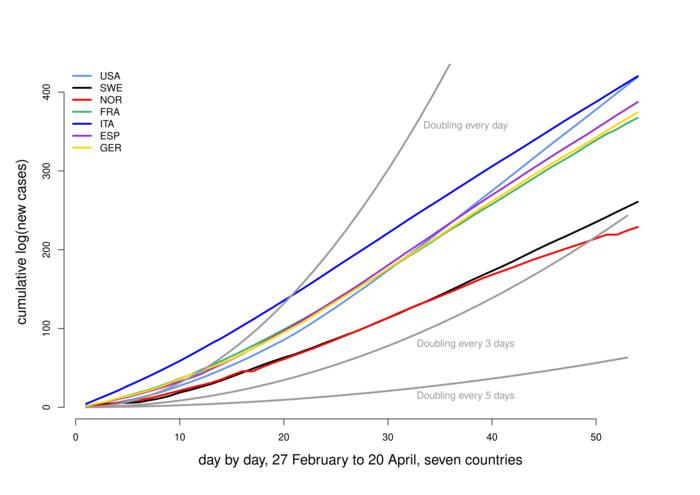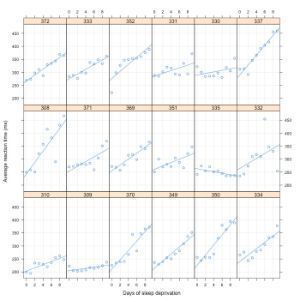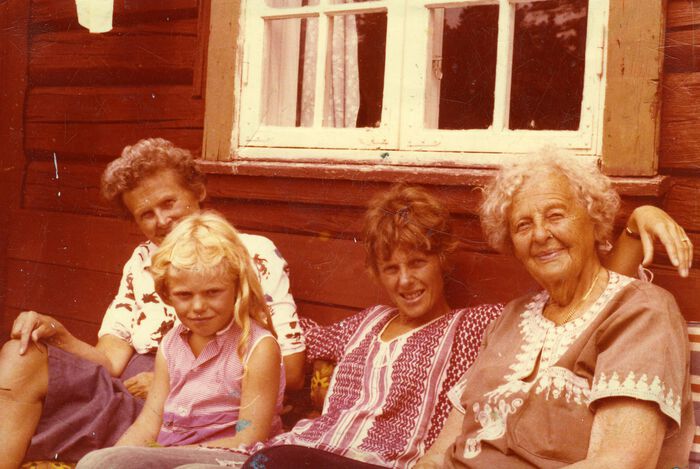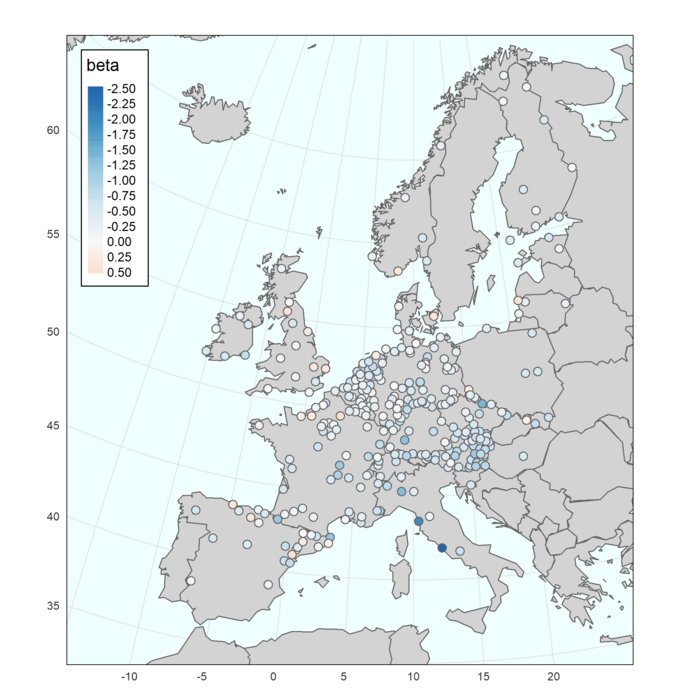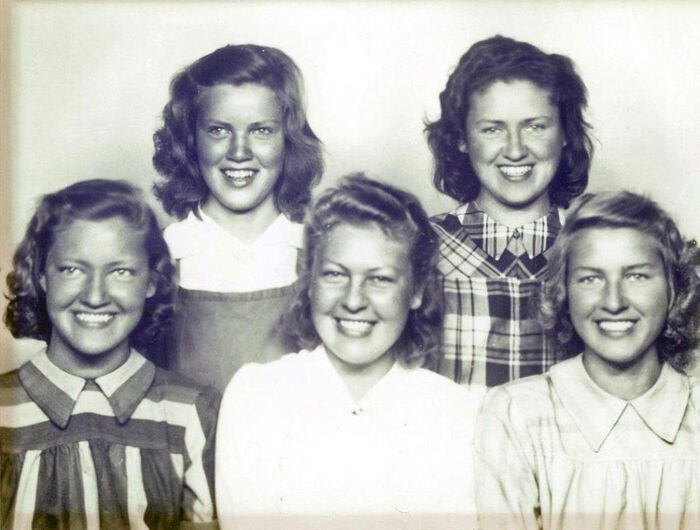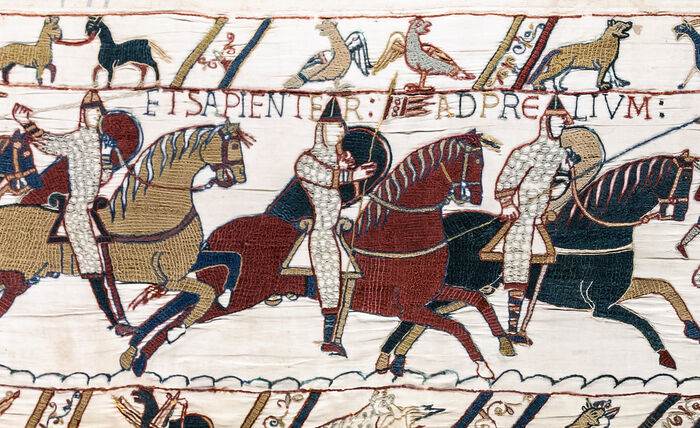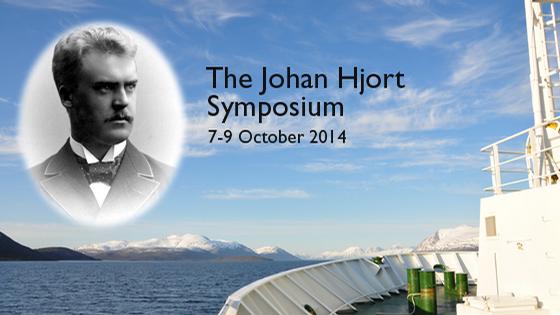The corona is mightily upon us, with different governmental decisions having drastic consequences, but in unchartered territory. Which country is wiser, Norway or Sweden? Have Italy and Spain passed their peaks? Here we study the two crucial data series of (1) new registered covid-19 cases and (2) new covid-19 related deaths, day by day, country by country. Via log-linear modelling we build practical statistical monitoring tools for assessing both the level and the slope of these two corona processes.
The FocuStat Blog!

FocuStat is a five-year project funded by the Research Council of Norway. The project group consists of five core members, along with further PhD and Master's level students and a few associated colleagues.
On this blog the members (and associated members) of the FocuStat group publish small statistical stories about interesting datasets or methods.
Some articles are in Norwegian (with an English summary), but most are in English.
Confidence curves are splendidly useful statistical creatures. A confidence curve for a parameter of interest is an inferential summary in its own right, showing the point estimate and the uncertainty around it in the same understandable picture. Also, if say seven different sources all tell us something about what we attempt to understand better, then the seven confidence curves can be combined.
In my experience, many users of Linear Mixed Effect (LME) models tend to assume that the random effects only influence the intercept, and not the slopes, of the model. This practice might lead to falsely rejecting null hypotheses with a high probability, if the true model in fact has a more complex random effect structure. Further, such intercept-only random effect models might be worse than working with a simple linear model instead.
Gentle reader, I do hope your mother is alive and well. But this clearly depends on your own age, and probabilistically speaking, under some conditions, she's alive with probability 0.50. I'll go through a few arguments and technicalities related to this statistical curiosum, and indicate the role this and similar calculations play in connection with modern methods for assessing species abundance for fisheries science.
A Barcelona experience is not quite complete without having visited Sagrada Família, Antoni Gaudí's in several senses of the word monumental project (more or less needing the years from 1883 to 2026 to be completed). On the Passion façade there is an innocent and inconspicuous but magic 4 x 4 square, catching my attention, with sums of rows, columns, diagonals, and 2 x 2 subsquares all equal to 33. Can I make such a 4 x 4 square myself, using tools of probability theory and simulation?
The 数独 puzzles have a long history, with variations going back more than a hundred years, but its current and perhaps surprising world-wide prominence goes back to certain initiatives and then puzzle-generating computer programmes from just after 2000. To solve a sudoko puzzle, a statistician can put up a probability model on the enormous space of 9 x 9 matrix possibilities, constructed to favour "good attempts", and then engineer a Markov chain to sample a long enough chain of sudoku table realisations from that model, until the solution is found.
Has there been an overall decline in surface ozone in Europe, over the past decades? The answer turns out to be yes! The data we use for analysis, to reach this conclusion, consist of maximum daily 8-hour running average concentration of ozone, for the summer seasons (1 May to 31 August), from year 2000 to 2010, at 302 rural and 210 suburban stations, across Europe.
Take a look around you – in your family, your school or workplace, in the streets, and you see boys & girls in about equal proportion, and without any easily visible gender patterns in case of siblings. So, to the famous first order of statistical approximation, we're all the results of hierarchical cascades of independent coin tosses through history, with each little fate determined by a 0.50-0.50 coin. This is not entirely correct, as one discovers with careful analysis and enough data: the coins of fate are (a little) imbalanced; they vary (a little) from family to family; there is a (slight) dependence in your children's gender sequence; and there are (slightly) more only-girls and only-boys families than predicted from binomial conditions. In this blog post I use the opportunity to talk also about how sample sizes influence p-values and statistical detection power.
Quite a Feat, indeed: In their round of 16 match, about going on to a quarter-finale or being sent home, Japan scored after 48 and 52 minutes, but Belgium masterfully hit back and were able to turn the match around, with goals scored after 69 and 74 minutes and then in the very last half minute of playing time. But is this really Breaking a Curse, as Aftenposten so jubilantly and semieloquently proclaimed? In this blog post I look at the probability of seeing a 0-2 turning into 3-2, for two teams of about equal strength.
How a Tiny Nation Won the Most Medals (By Far) at the Olympics – and it turns out TIME Magazine didn't have Liechtenstein in mind (this time), even though that nation won the medals-per-capita competition. Indeed, Norway won 14 golds, 14 silver, 11 bronzes, and never before have we [pluralis proudiensis] or anyone else won as many as 39 medals at a Winter Olympics. But how impressive is this, really, when we factor in that the number of events has increased so drastically?
Everyone speaks about the weather, but nobody does anything about it. Certain unfairnesses of the world can however occasionally be pointed to, then formulated via crisp questions, then addressed and analysed, and in rare cases such efforts might even contribute to changing the world. In 1994 I published a report about a certain point estimate being 0.06 seconds, which then changed the Olympics; since Nagano 1998, the sprint speedskaters have had to run the 500 m twice (instead of only once). But the Olympic Unfairness Parameter is bigger for the 1000 m, so I'm humbly asking for the Winter Olympics to change its speedskating rules, once again.
Each war is dramatic and horrible and warrants a hundred history books and a thousand songs of sorrow. But it also provides one more data point, along with relevant covariates, to the collection of Tolstoyan war-and-peace data-bases, and statisticians may study the evolution of alleged decreasing violence levels over time. One of the bigger questions is both deceptively simple and quite controversial: are we getting more peaceful over time, or not?
To produce a mighty book [or perhaps a mighty blog post], you must choose a mighty theme. No great and enduring volume can ever be written on the flea, though many there be who have tried it. Says Melville, in "Moby-Dick; or, The Whale". And in our statistical working lives, clashing with whales and international politics decidedly counts among the mightier experiences.
Some kids are cooler than others, perhaps, and in certain dramatic cases cooling a newborn can save its life. It has been demonstrated that when the neonate has been deprived of oxygen during birth, an emergency intervention involving cooling can save the life, with no loss of motoric or mental abilities later on – provided this is implemented within six hours. Is it still helpful, or not at all, when the cooling scheme (therapeutic hypothermia) starts later than six hours? Here I spell out disagreements with how a recent JAMA paper (Laptook et al., October 2017) analyse their data and interpret their findings.
Statistical inference is about drawing conclusions regarding the state of nature or society based on statistical data, statements equipped with appropriate measures of uncertainties. The Bayesian and the frequentist are the two main schools of statistical inference. These two schools agree in essence that a model specifying the distribution of the data is necessary to make inference regarding the question at hand. They disagree, however, on whether a prior distribution not based on the data is needed.
Siden vi har eller har hatt Nils Lid Hjort som veileder (Céline og Gudmund) eller biveileder (Emil) er vi selvfølgelig fullstendig inhabile når vi nå har tatt på oss jobben med å gi en omtale av boken Confidence, Likelihood, Probability (CLP) av Tore Schweder og Nils Lid Hjort. Men sånn må det vel være i et lite miljø, og heldigvis er man ikke alltid enig med sin veileder.
Jeg ser at du smiler og jeg tenker at du er glad. På bakgrunn av en observasjon (et smil) gjør jeg en slutning om hvordan jeg tror verden er (du er glad). Få ting er så grunnleggende for oss mennesker som denne typen induktive slutninger. Vi gjør slike slutninger nesten hele tiden, hver dag, og all empirisk vitenskap innebærer å slutte fra observasjoner til hvordan man tror verden er. Faget statistikk består av matematiske formaliseringer av slike slutningsprosesser.
FocuStat-gruppen har den intensjon og tradisjon, at vi hvert år skal finne én anledning, på det store konferansekartet, der vi alle reiser (og deltar aktivt). I 2015 dro vi til ISI World Statistics Congress i Rio, komplett med sambaoid eksponering. I 2016 toppet vi dette, ved å dra til København!, til NordStat, den nordiske konferansen i matematisk statistikk, 27.-30. juni.
The Formula One event for cross-country skiers is the sprint, where the very best athletes need to go through four strenuous three-minute Olympic-intensity competitions in a row: prologue, quarterfinals, semifinals, finals. The winners, at the end of the process, seemingly have a tendency to come from the first of the two semifinals.
All men are created equal, proclaimed Jefferson in 1776 -- but some are more equal than others, added Orwell in Animal Farm. So what's the probability that two skaters are exactly equal, to the third decimal places, after four distances?
Full of adventures, battles and love stories, the chivalry romance Tirant lo Blanch is a masterpiece of medieval literature. The novel, sometimes claimed to be the world's first, is made even more fascinating by the fact that its original author died before its completion and another author had to take over. The mystery concerning where the change-of-author takes place constitutes a statistical change-point challenge.
I took part in the Johan Hjort Symposium (and even gave a dinner speech and wrote a paper later on, with Gudmund Hermansen and Olav Kjesbu). Kjesbu at the Hjort Centre for Marine Ecosystem Dynamics asked me to write up some personal reflections on this. This blog post is a mildly extended version of that note.
To begin the Christmas season, we ask an in itself unchristmassy question: what are the implications of getting a bonus roll when rolling a six on the dice in a simple dice game? Such a small tweak of the rules can be surprisingly important in determining the success of the Christmas celebrations.
14. desember 1912 fødes to jentebarn på hver sin side av jordkloden. 101 år og 11 måneder senere slutter hjertene deres å slå – med to timers mellomrom, på Lillestrøm. Hvor urimelig usannsynlig er en slik hendelse (og hva slags dramatiske, lange liv har de to levet)? På oppfordring fra journalister i A-magasinet har vi regnet på sannsynligheter relatert til denne hendelsen.
With a random selection setup, how come each of 8 games is a match between a top-league-team and a non-top-league-team?
